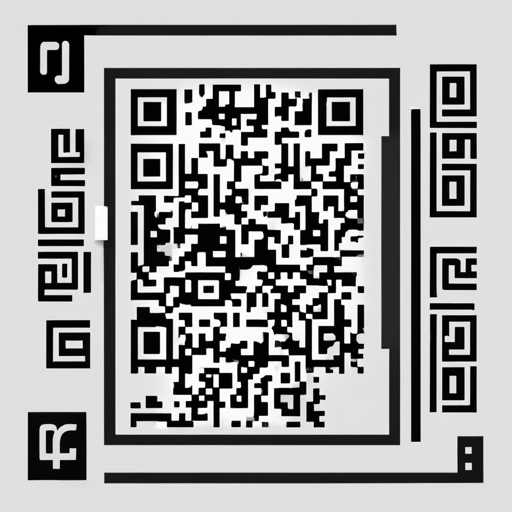If you’re looking to generate QR codes easily and efficiently, the <qr-code> web component is your go-to solution. Using a specialized version of the qr.js library, this component simplifies the process of creating QR codes with customizable options. In this article, we’ll walk you through the installation and usage, and provide some troubleshooting tips to ensure a smooth experience.
Installation
To get started with the <qr-code> component, you’ll need to install it via npm. Here’s how:
npm install webcomponent-qr-codeUsage
Once installed, you can easily incorporate the QR code component into your project. Here’s how it works:
Basic Setup
To set up your QR code component, just include the following in your code:
import 'webcomponent-qr-code';Custom Element Demo
Here’s how you can create a custom QR code element:
<custom-element-demo>
<template>
<script src="demo/webcomponents-lite.js"></script>
<script src="index.js"></script>
<next-code-block></next-code-block>
</template>
</custom-element-demo>Implementing the QR Code
You can invoke your QR code in HTML like this:
<qr-code data="hello world!"></qr-code>Define a Custom Element
You can define a custom element like this:
import QRCode from 'webcomponent-qr-code';
customElements.define('myapp-qrcode', QRCode);
And use it in HTML:
<myapp-qrcode data="hello world!"></myapp-qrcode>Styling the Component
You can customize the appearance of your QR code by using the ::part pseudo-element to style shadow DOM elements:
/* Custom Styles */
qr-code::part(img) {
/* Your styles here */
}
qr-code::part(svg) {
/* Your styles here */
}Options
The QR code component comes with various options you can customize:
- data: The information encoded in the QR code (string)
- format: Choose between ‘png’, ‘html’, or ‘svg’ (default is ‘png’)
- modulesize: Size of each module (default is 5 pixels)
- margin: Margin around the QR code (default is 4 modules)
- unit: CSS units for module size (default is ‘px’)
- ratio: Multiplier for modulesize (only for HTML)
Troubleshooting
If you encounter issues while using the <qr-code> component, here are some troubleshooting tips:
- Ensure that you’ve correctly installed the component and imported it in your project.
- Check if your data attribute is properly formatted; it should be a string.
- Verify that you are using compatible versions of any dependencies.
- If you work with custom styles, ensure you’re targeting the right parts using
::part.
For more insights, updates, or to collaborate on AI development projects, stay connected with fxis.ai.
Conclusion
With the <qr-code> web component, generating QR codes has never been easier. Whether you’re embedding codes in a website or creating custom applications, this component is versatile and powerful.
At fxis.ai, we believe that such advancements are crucial for the future of AI, as they enable more comprehensive and effective solutions. Our team is continually exploring new methodologies to push the envelope in artificial intelligence, ensuring that our clients benefit from the latest technological innovations.

